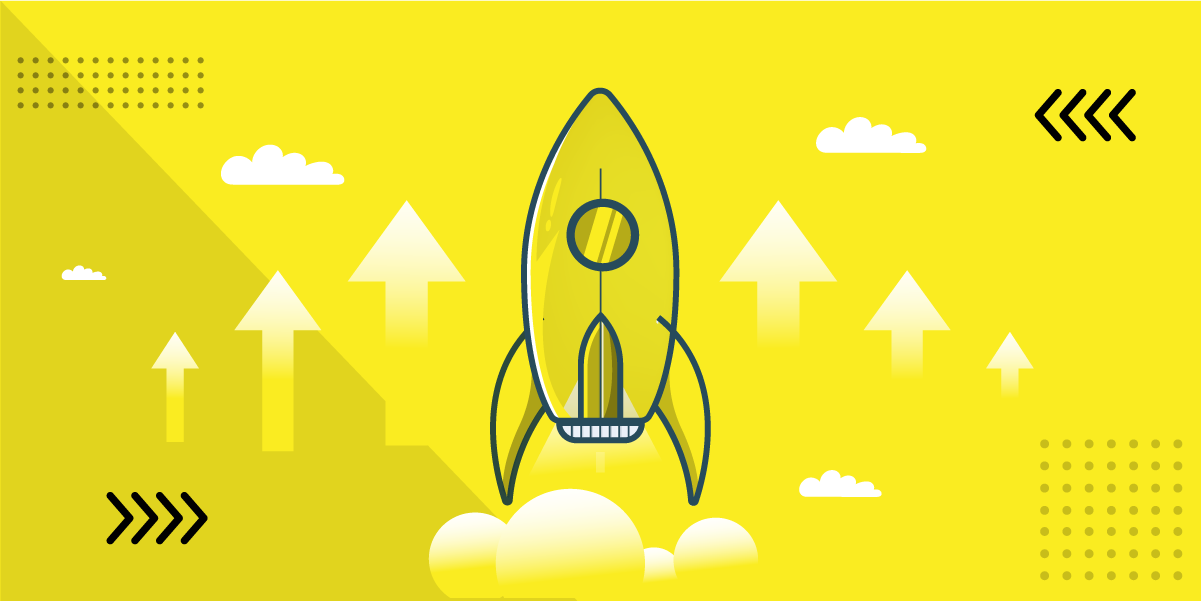.png)
Gideon Rachman wrote a very powerful piece in the FT in October 2010 on the end of the Age of Growth and the beginning of the Age of Anxiety.*Financial Times 10/23
Rachman insightfully defined the period from the early 1980’s to the crash of 1998 as a period of unmitigated growth and abundance both economically, in free trade and politics. Glasnost, the end of the cold war, the growth in China and many countries GDP excelling at a breakneck pace all contributed to a rising tide that left many companies feeling very good and the outlook was rosy, even if later on we found out that view for many was not grounded in any reality. As Warren Buffet so colorfully put “When the rising tide goes out we can see who has been swimming naked”.
The difference now is that even if you are an optimist, and I would put myself in that camp, the best one can estimate of where things are headed is uncertain and lacking in definition. There has always been uncertainty; no one can speak in resolute terms about the future without accounting for providence, happenstance and good fortune. The difference is that so many things are changing both at a content level and at a contextual level that we are hard pressed to come up with an appropriate strategy as before the ink is dry we might have to rethink it.
So what does this mean for the average organization trying to find its way?
Well for sure one thing is the idea of getting on the right track and staying there will be unlikely as a winning strategy for the future. Industries from as far a field as Finance to Pharmaceuticals to Energy all have huge changes in the fundamentals and elements at the core of their business. Including, who is their client, how much can they charge and what profit margin can there or will there be?
Should we, as some might argue surrender and accept the demise or death of strategic thinking? If there is so much change why waste the time and effort in a thankless task. Playing devil’s advocate one can add what good did it do for most companies and industries with their top price advisors even in the summer of ’98, no one saw the rapid decline except for a few soothsayers like Nicholas Taleb. That logic can definitely seduce me.
There is however a fatal flaw in the logic which is, in the absence of direction and intent we are left at effect of how everything flows. Without direction we are scrambling and reacting. The best-case scenario is fire fighting and fighting over the last cent. I don’t know about you but that is a bit too vague and hyper competitive for my liking. So what is the alternative?
Simplifying the world of strategy from its high ground, the possible solution lies in the question of direction and intent. We will always need some guidance and direction otherwise as Alice discovered if you don’t know where you are going how will you know if you get there?
Rather than strategy becoming an analytical exercise, it could be seen as from Gary Hamel’s question in the 80’s what is the strategic intent? What is the future that beckons the corporation that includes and accounts for all the changes, the risks and the opportunities? This goes hand in hand with an another rarely answered questions in the modern organization – What are we really good at? Also the corollary of that, what are we not so good at and should not be doing any more?
Many are avoiding the questions as they don’t have an easy answer, it is much easier to keep your head down and stay the course than deal with the slings and arrows of outrageous fortune that come with the new game but it is however still a game worth playing. Many companies are getting it right that have re-examined these core questions:
• What am I uniquely good at?
• What value does my organization add?
• Where can our skills, competencies and services add value to another organization?
Sometimes I fear we make things too complex and looking at all the many elements that impact our business one can wonder and despair about getting the formula right.
On the other hand, if we have clarity about our purpose and direction and have designed our company to realize that purpose – our operating model, our structure and processes are in line with that future, and our people are aligned and engaged in meeting that purpose you would have the raw potential to be able to deliver and meet performance goals and overcome challenges.
The real challenge lies in the question: how many companies can actually say they have that alignment and are clear about what is out of balance and what needs attention.
Being busy and putting out the fires and addressing the crisis d’jour is very time consuming and keeps us away from asking the questions that need to be asked and answered.



.png)